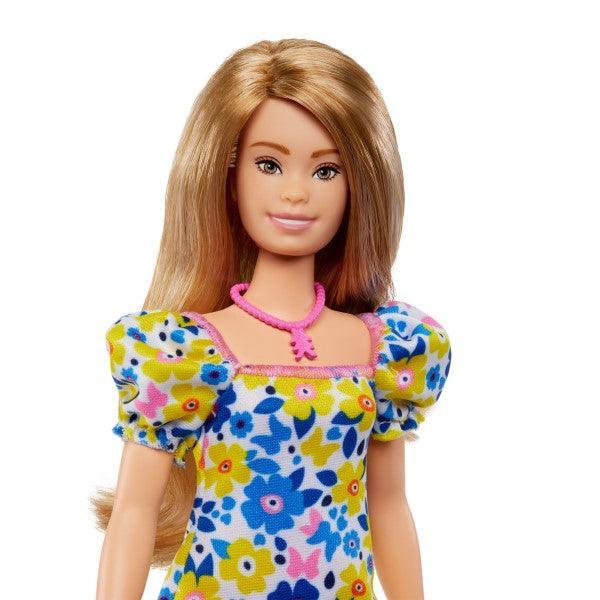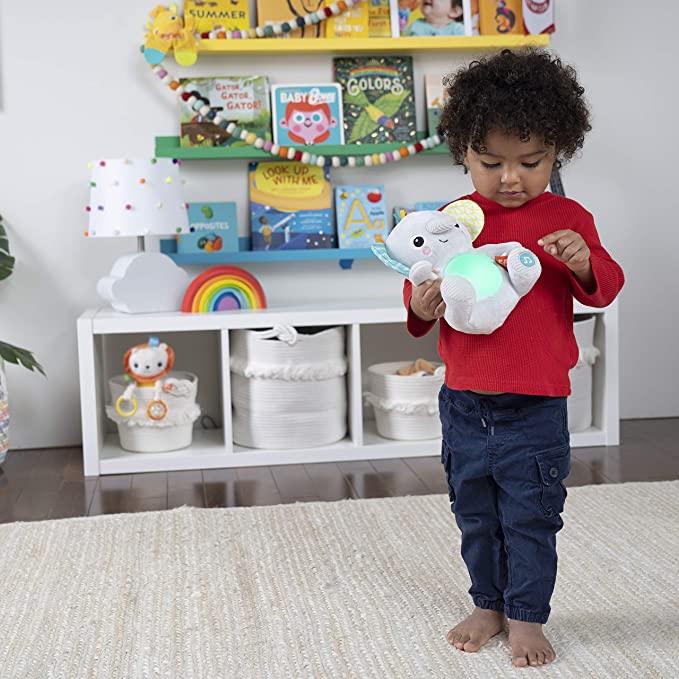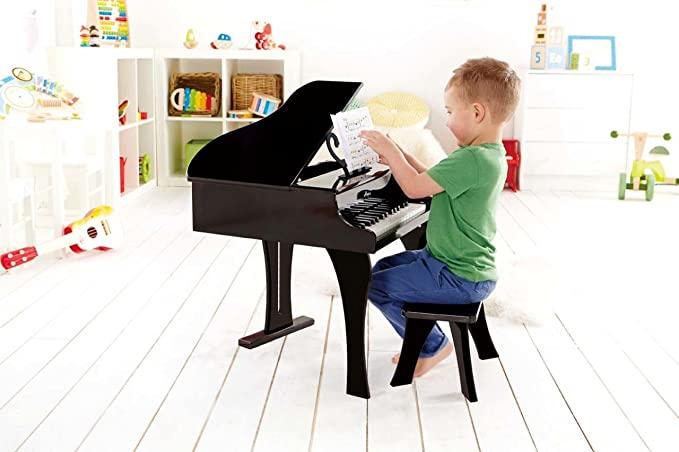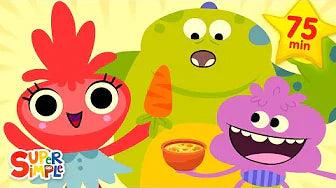Mattel, Inc. has recently announced the launch of its newest Barbie doll, one that was created to be a beacon of representation and inclusivity for children. The Barbie doll with Down syndrome is a welcome addition to the diverse line of dolls on the market, enabling children to see themselves reflected in the toys they play with, as well as encouraging them to play with dolls that do not look like them.
The doll is meant to inspire children to tell more stories through play and build empathy and understanding towards those who have different experiences from their own. Barbie's new addition is an important step forward in the quest for inclusion and representation in the toy industry.
Working closely with the National Down Syndrome Society (NDSS), Barbie ensured that the doll accurately represents a person with Down syndrome. NDSS provided valuable insights and real-world experiences that informed the design process of the doll from start to finish, including the sculpt, clothing, accessories, and packaging. The close partnership between Barbie and NDSS ensured that the doll celebrated individuals with Down syndrome and immediately connected with the community.
Kandi Pickard, NDSS President, and CEO said, "This means so much for our community, who for the first time, can play with a Barbie doll that looks like them. This Barbie serves as a reminder that we should never underestimate the power of representation. It is a huge step forward for inclusion and a moment that we are celebrating."
The Barbie Fashionista doll with Down syndrome also wears pink ankle-foot orthotics (AFOs) to match her outfit, and her sneakers have a zipper detail. This addition to the doll was included to serve as inspiration from real-life orthotics to support children's feet and ankles. The doll's puff-sleeved dress pattern features butterflies, yellow, and blue colors, which are symbols associated with Down syndrome awareness. The doll's pink pendant necklace with three upward chevrons represents the three copies of the 21st chromosome, which is the genetic material that causes the characteristics associated with Down syndrome. The three chevrons, or arrows, are a symbol that unites the Down syndrome community and represents "the lucky few" who have someone with Down syndrome in their life.
To celebrate the launch of the doll and advocate for inclusion, visibility, and understanding of people with Down syndrome, European ambassadors, including Ellie Goldstein, a model from the UK, Éléonore Laloux, a City Counsellor & Author from France, and Enya, a Model & Influencer from the Netherlands, joined Barbie. They were captured in celebratory images and video, as they saw the doll that represented them for the first time.
Ellie Goldstein said, "Seeing the doll, I felt so overwhelmed - it meant a lot to me, and I’m so honoured and proud that Barbie chose me to show the doll to the world. Diversity is important to me as people need to see more people like me out there in the world and not be hidden away."
As the toy industry continues to strive for representation and inclusivity, Barbie's latest addition with Down syndrome is a welcome step towards a more accepting world. It is an important reminder that everyone is beautiful, and Down syndrome is a part of us, society, and the world. Let us celebrate this moment and strive towards a more inclusive future.








